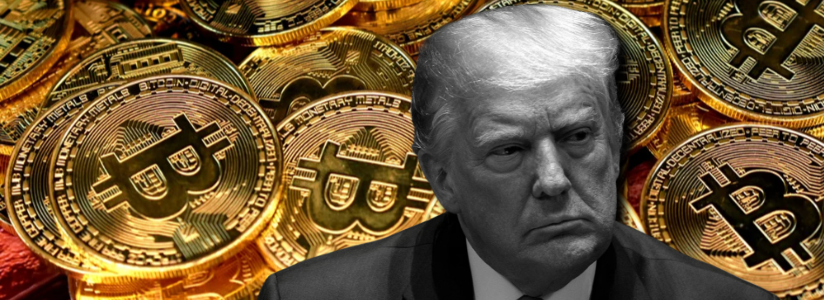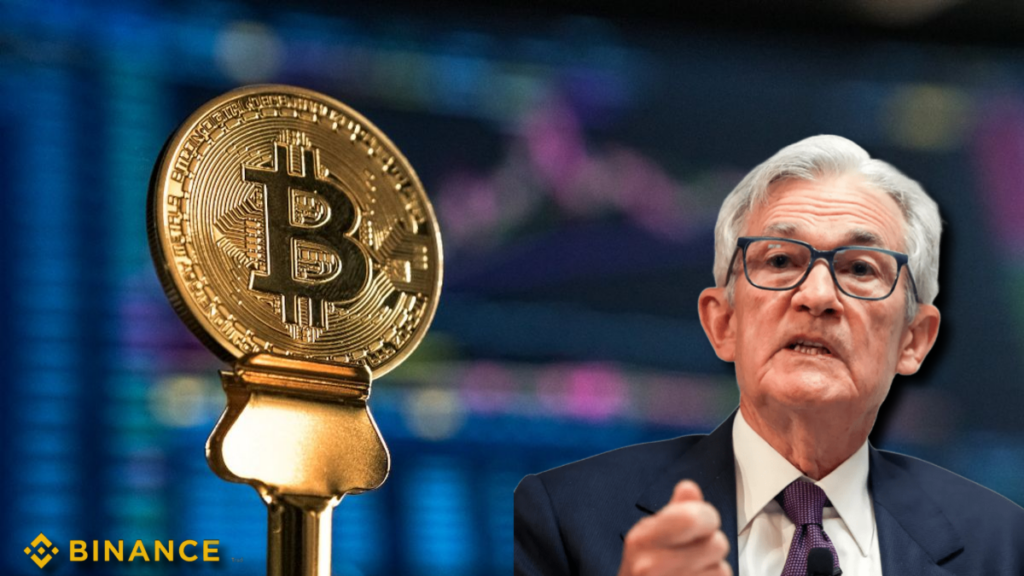TL;DR
- Over 22,000 BTC, worth approximately $1.82 billion, were transferred to Binance just before the U.S. CPI announcement, sparking speculation of a potential correction or a fresh rally.
- Trump’s temporary pause on tariffs brought brief relief to the crypto market.
- However, inflation expectations remain the key driver of investor sentiment and could determine Bitcoin’s next big move.
In the hours leading up to the U.S. Consumer Price Index (CPI) announcement, an unusual spike in crypto activity caught the market’s attention: more than 22,000 BTC, valued at roughly $1.82 billion, were moved to Binance, the world’s largest cryptocurrency exchanges. This massive shift signals a potentially strategic repositioning by investors amid growing macroeconomic uncertainty.
According to CryptoQuant analyst Maarten Regterschot, the inflow surge indicates investors are adjusting their portfolios ahead of key economic data and political developments, such as Donald Trump’s tariff policies and inflation forecasts. While some fear a potential sell-off, others argue that this move could simply reflect preparation for increased trading activity, not necessarily panic.
Strategic Moves Or False Alarm?
Large crypto transfers to exchanges are often seen as a warning sign that investors are ready to sell. But not everyone sees it that way. Pav Hundal, an analyst at Swyftx, believes the transfers may signal Binance preparing for a spike in trading volume rather than a mass exit from BTC positions.
This interpretation gains traction when viewed alongside recent events: after Trump’s announcement of a 90-day pause on new tariffs (excluding China, which will face a 125% rate), Bitcoin surged 8.8%, hitting around $82,474. Still, the U.S.–China trade tension remains unresolved, and that ongoing pressure could continue to affect high-risk assets like crypto.

All Eyes On The Upcoming CPI Data
The spotlight now turns to inflation numbers. If the CPI comes in lower than expected, as some analysts like Matthew Hyland predict—potentially as low as 2.5%, Bitcoin could rally even further. Others, such as analyst Dyme, agree that a softer CPI would likely be bullish for BTC.
However, more conservative forecasts from FactSet suggest a modest 0.1% increase for the month. If accurate, the market reaction might be more subdued, though not necessarily negative. What’s clear is that these billion-dollar BTC moves indicate investors are acting proactively, not reactively.
As traditional finance struggles with high rates and growing debt, many see Bitcoin as more than just a speculative asset, it’s emerging as a serious hedge against inflation and monetary manipulation.










